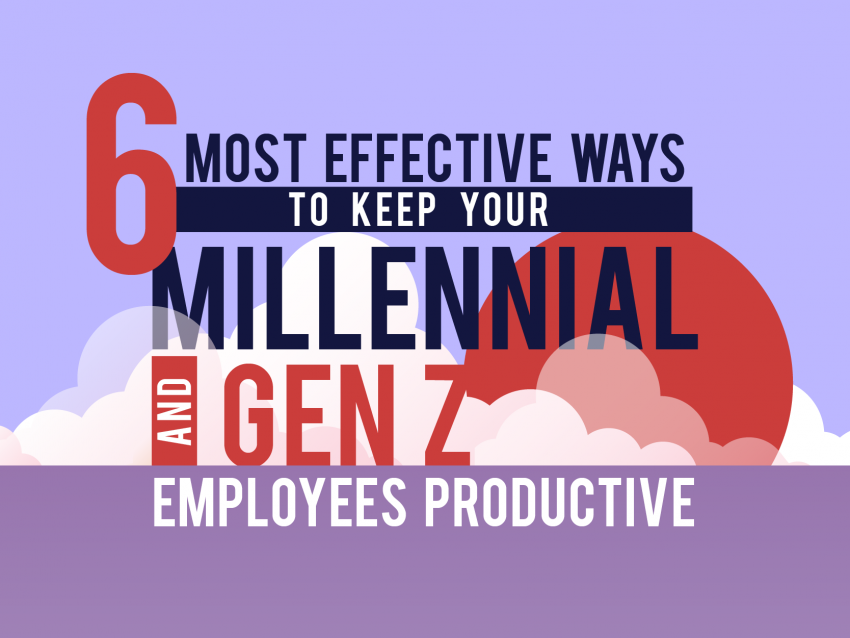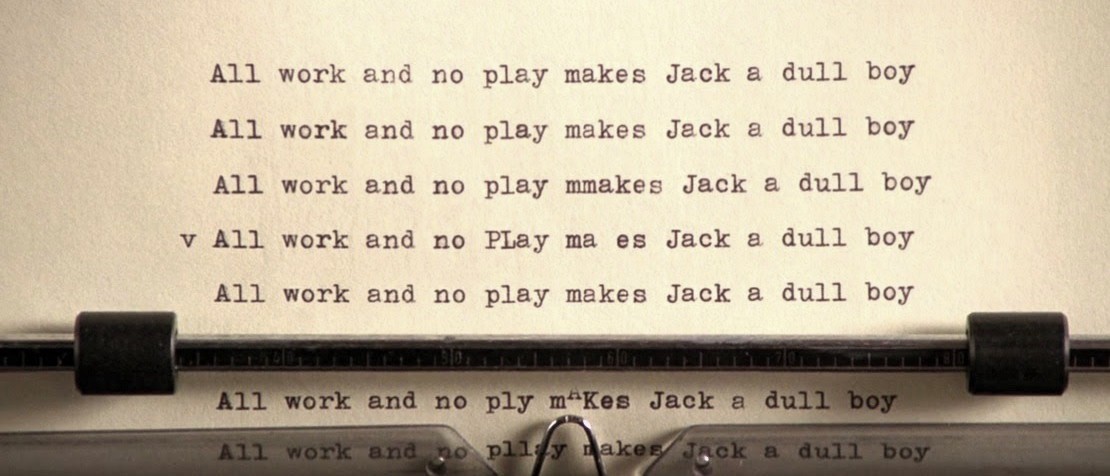

It’s quite unfortunate that both millennials and Gen Z’s are being stereotyped as entitled, lazy and self-centered individuals—or at least that’s what we are all led to believe. They’re getting this bad reputation either from the media or from what we hear from people in your network.
But the question is, are they really that different from the previous generations?
According to analyst Amanda Kreun, it’s a big assumption to think that these two younger generations are different from the Baby Boomers and Gen Xers. Her report detailed that the characteristics of millennials you read about in infographics are the result of behavior common among young employees entering the workforce.
In Amanda’s words,
“Young people today tend to see themselves and their work environments in a similar way as did young people from previous generations.”
Likewise, numerous studies have been cited by corporate HR advisor and KPMG partner Bruce Pfau in his Harvard Business Review article, saying that “a growing body of evidence suggests that employees of all ages are much more alike than different in their attitudes and values at work.”
Now that the notion of millennials and Gen Zers requiring different things than the older generation has been dispelled, it’s simply inherent in humans for us to want certain things for our emotional well-being in the workplace.
This is particularly true for how leaders in the workplace influence, motivate, and support their team to do good work. Regrettably, this is also where they could inflict much damage, and this applies to employees across generations.
A Gallup study found that at least 75% of costly voluntary turnover boil down to reasons that managers have total control over. In another Gallup study, 50% of American employees they surveyed left their job to “get away from their manager so they can improve their overall life at some point in their career.”
If you manage to convince them to stay, both millennial and Gen Z workers can reach their potential so they can help grow your business.
Here’s how to inspire productivity in the workplace:
Now that there’s research proving that millennials and Gen Z workers are no different than previous generations, continuing to box them in labels and stereotypes can be detrimental to your business. A better alternative would be getting to know their strengths and weaknesses so you can adapt your leadership style to lead them better. (More on that on the next point.)
As a good leader, you’ll have to pay more attention to your workers. If you’re hoping to keep them engaged and performing well, start talking to them about their work. If you want to go a step further than once-a-year performance evaluations, try focusing on giving shorter, more frequent, and constructive feedback.
Further reading: 7 Strategies Leaders Can Use to Give Feedback
Genuinely getting to know people is key to leading a high-performing team. You’ll have to treat them as individuals and believe in human potential to help them grow. And if they grow, so does your business.
To pull this off successfully, avoid confusing humiliation for motivation. There are bosses who would point out mistakes instead of offering suggestions on how to correct them – the latter makes your employees feel that you care for their professional development; the former makes you look like you’re just out to get them.
It’s important to make sure you and your team are going in the same direction. Adopt an empathic mindset instead of an indifferent one. This means adjusting your expectations and adapting to your employees’ different working styles. Not only will they fit in, but you’ll also help them be the best version of themselves in the workplace.
Further reading: 5 Best Practices to Lead with Emotional Intelligence
Google famously pioneered the 20 percent time, allowing employees to spend 20 percent of their work week—or a single day—to any project they like. Google has since ended this perk, but other companies have copied the idea to empower employees and keep them engaged at work.
The genius of the 20 percent time is that it allows workers the freedom to do anything they want, but as professionals with varying fields of expertise, they didn’t veer far away from their core business—which led to the creation of some of the most popular apps we use today, like Gmail and Google Maps.
That said, there’s a common misconception that the 20 percent time distracts employees from tasks that improve the company’s bottom line. But the opposite is true – if your employees feel more engaged in their work, they’ll be more proactive in their jobs, which directly impacts your bottom line.
The key to an effective implementation of productive slacking is to define a clear objective from the very beginning. What result or added value are you aiming to achieve in your organization? If your goal is to improve employee engagement, measure the level of engagement before you start implementing and a few weeks after, so you can gauge if productive slacking is worth pursuing in the long run.
If you think your company may not be ready for such a huge shift in how you run things, you can try alternatives like hackathons, side projects, and the like – anything that encourages (and incentivizes) participation among your employees. Start small, and if it delivers positive results, then you can expand the policy to other teams until you’ve applied it throughout your organization.

All work and no play makes your workers dull and demotivated. This is especially true for companies and government agencies that have very traditional, bureaucratic structures – one of the factors that leave employees feeling bogged down and wanting to switch jobs.
That’s why a growing number of companies are incorporating and encouraging more social opportunities. You can do this by setting up your office to become conducive to building a community, such as creating open spaces, allowing your employees to bring pets to work, and having game nights among other events. Let them connect and build relationships while having fun.
Your team will appreciate having a community workspace where everyone gets along. They’ll feel more like a team with the confidence that they can rely on each other to get things done.
SMART is an acronym for specific, measurable, attainable, relevant, and time-based. Goals based on these key points give direction to what you want to achieve and boost your chances to successfully complete them. They can be incorporated into tasks that you assign to your employees, marketing plans, project plans, and business plans. And since it’s time-bound, it’s suitable for hitting weekly, monthly, or quarterly goals.
By how it’s defined, stretch goals are the lofty ones that make you feel uncomfortable, even slightly painful, but makes you feel good afterward. These goals take you out of your comfort zone. But if done regularly, you start to stretch farther, thus allowing you to reach places you couldn’t reach before. This is what it takes to grow.
Establishing a reward system can give a healthy dose of relief after a busy week, as well as motivation for the next one. Millennial or not, most employees will feel energized whenever they have a chance to party after a grueling project.
While Friday night drinks may not be a magical solution to make everyone happy, they can be of huge help when done right. Building an informal and relaxed atmosphere can make your team feel that they’re valued as people, not just mere workers. This kind of culture allows them to let loose and encourage open communication, while breaking down the barriers between hierarchies.
It doesn’t matter which generation is working for you. The important thing is you know how to adapt to their needs, so you can bring out the best in them. Not only will you help them learn and grow, you’ll also be able to improve your business throughout your leadership process.
Each generation may be different, thanks to their exposure to various elements that have shaped their minds. But one thing’s for sure: they all want to succeed in their chosen careers. It’s your job to help them realize their full potential and mature professionally, so they can help steer your business to where you want it to go.
If you want to improve your ability to lead and connect people no matter which generation they belong to, be sure to check out our Managing Millennials and Advanced People Handling Skills seminar.
Filed Under Leadership & Management